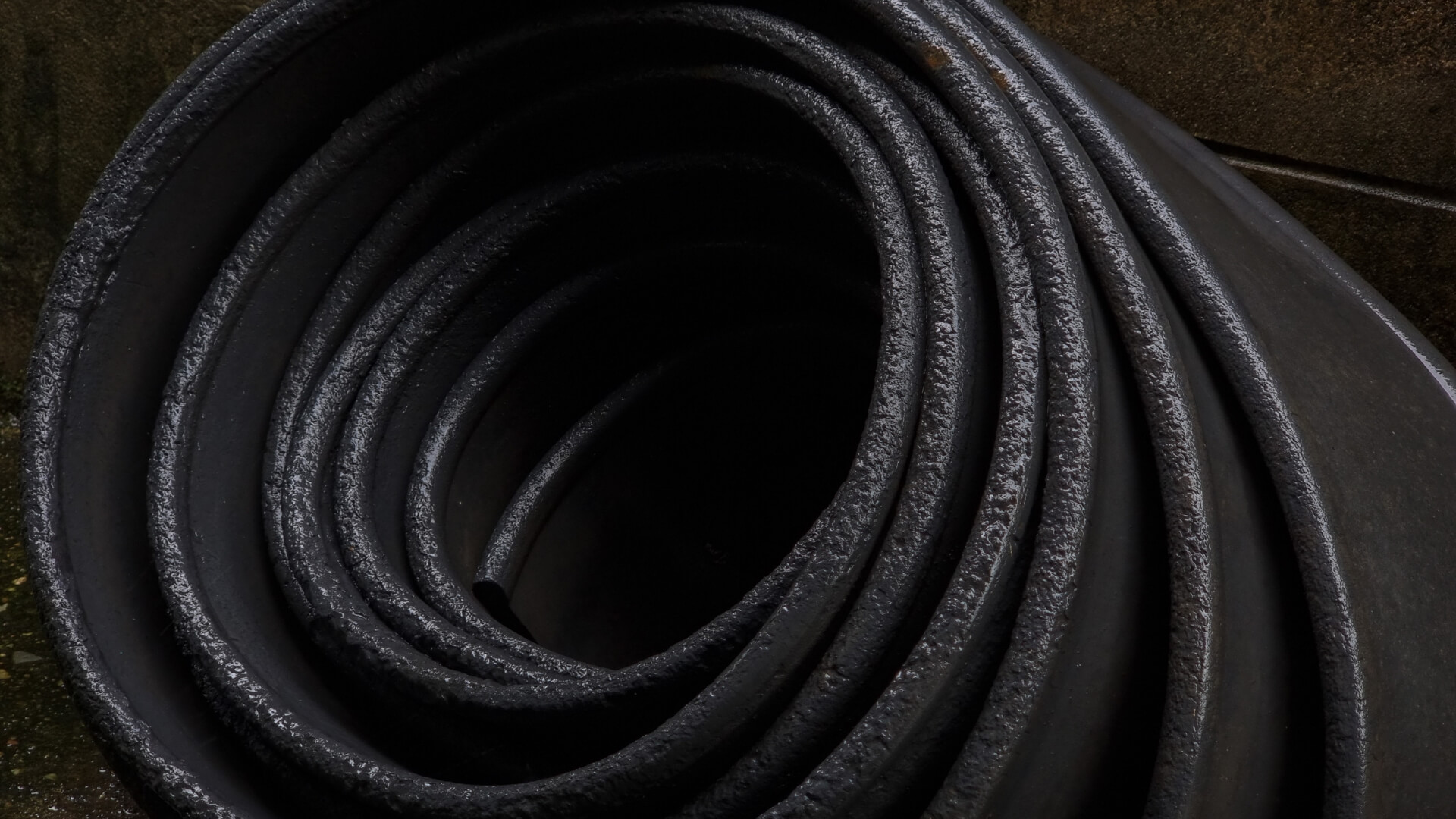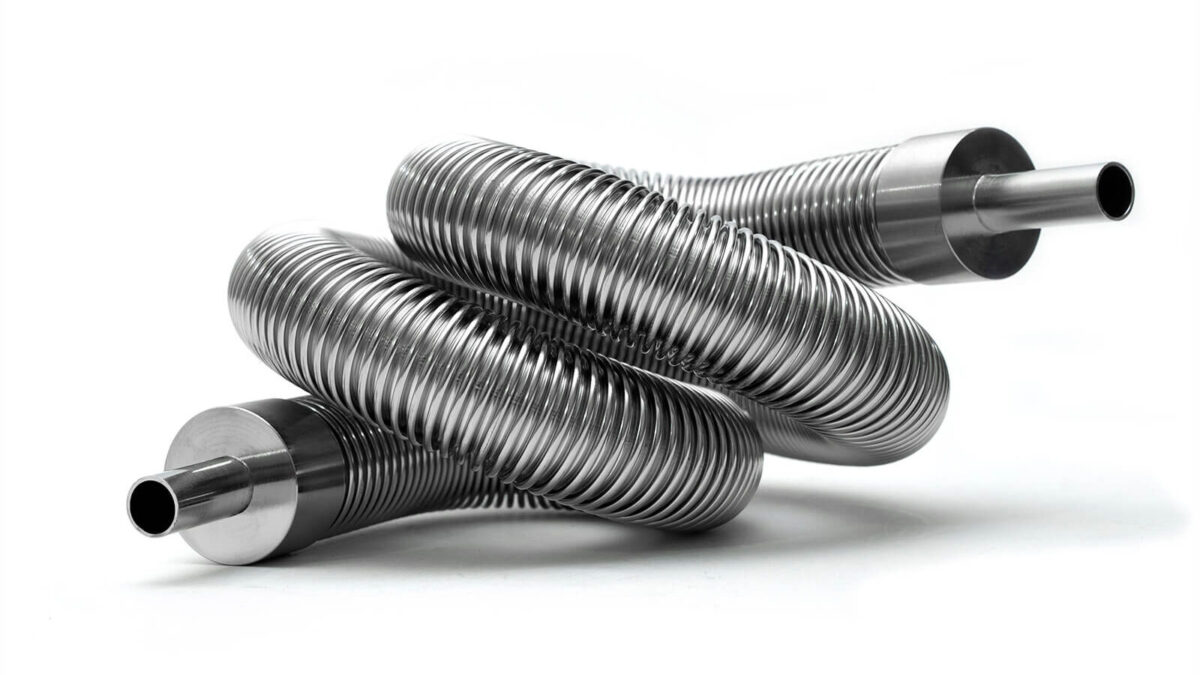Glycol chiller systems often settle on closed cell foam insulation or EPDM to protect transfer lines from heat ingress. Foam insulation has strengths: it’s inexpensive, widely available, and familiar to installers. At the same time, it introduces ongoing challenges. Foam sleeves can be labor-intensive to install, they lose effectiveness when compressed or damaged, and even though closed cell foam resists mold, condensation often collects around lines over time.
Insulon® technology now makes it possible for glycol chillers to move beyond foam insulation and adopt a higher-performing alternative: standard vacuum jacketed hoses. Extraction systems, food and beverage production, pharmaceuticals, bioprocessing, and plastics extrusion systems are all benefiting from improved glycol transfer lines with Insulon Hose Standard.
A brief history of vacuum jacketed hoses
Vacuum insulation has long been regarded as the most effective barrier against heat transfer. In cryogenics, vacuum jacketed hoses equipped with multilayer insulation (MLI) set the benchmark for minimizing heat leak. However, these hoses are complex, rigid, and more expensive, limiting their use to applications with the most extreme temperatures. (For example, Insulon Hose MLI is typically recommended for applications with fluid temperatures below -80 Celsius or above 300 Celsius, or for applications with extreme thermal sensitivity.)
Now, the first vacuum jacketed hoses designed for glycol
Concept Group has introduced a new approach with Insulon Vacuum Jacketed Hose, Standard. Instead of incorporating MLI, standard Insulon hoses rely only on the vacuum space. (Most vacuum jacketed hoses don’t work this way; they need MLI to be effective. However, Insulon hoses are engineered with a proprietary, ultra-deep vacuum space that doesn’t need MLI to function effectively.) Standard Insulon hoses use just the permanently sealed vacuum jacket with no leaky pump-down port. The result is a simpler, lighter, and highly efficient design that capitalizes on the benefits of vacuum insulation while avoiding the cost and complexity traditionally associated with MLI hoses.
Insulon Vacuum Jacketed Hose, Standard Performance
- Permanently sealed vacuum that maintains performance without pump-down maintenance
- Slimmer, lighter, and more flexible than traditional vacuum jacketed hoses
- Scalable manufacturing that makes vacuum insulation viable at larger volumes
This innovation makes levels of insulation performance once out of reach for glycol chillers both practical and accessible. By replacing foam with vacuum jacketed hoses, glycol chillers can:
- Further reduce condensation, especially in humid environments
- Maintain more consistent fluid temperatures
- Reduce energy consumption by minimizing heat gain
- Simplify system layouts with built-in vacuum insulation (no manual installation of insulation materials)
- Avoid insulation maintenance and replacement due to slipping or compression
Why this matters for glycol systems
Glycol chillers support critical cooling in industries ranging from breweries and dairies to plastics, pharmaceuticals, chemical plants, and data centers. Yet operators often face the same set of recurring issues:
- Foam insulation that degrades over time and traps condensation
- Heat gain that drives up chiller loads and energy costs
- Cluttered system layouts from clamped, taped, and wrapped foam sleeves

Other types of chiller systems
While glycol is a common application, the same benefits extend to other chiller fluids. Any cooling process that depends on stable fluid temperatures can now take advantage of high-performance vacuum insulation.


